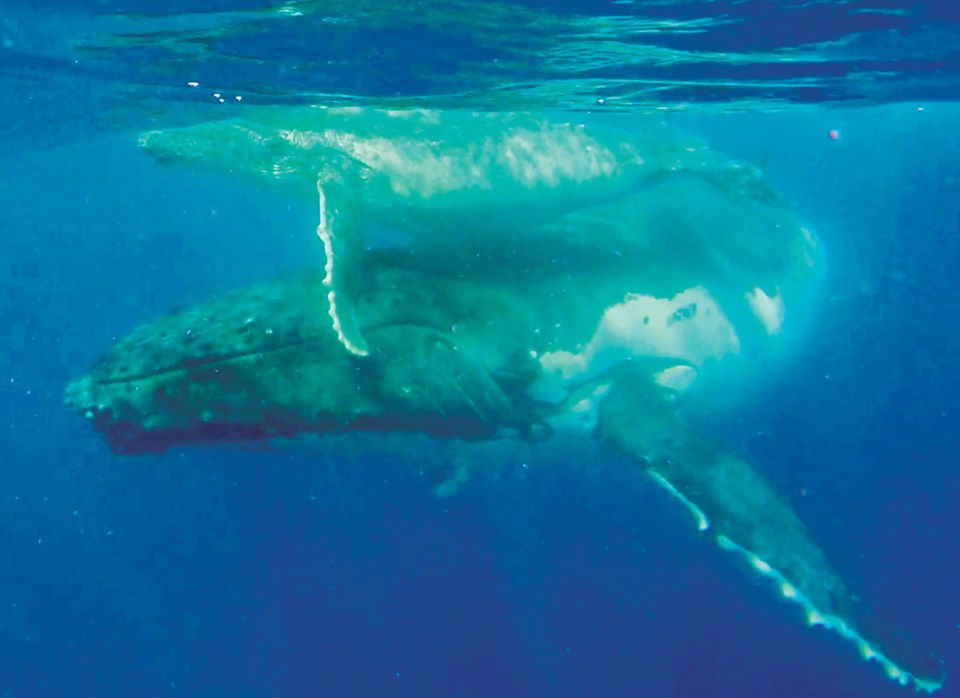Nothing quite compares with swimming with humpback whales the size of a school bus in Tonga.
Unparalleled Journeys, of Christchurch, New Zealand, which specializes in bespoke luxury travel in the South Pacific, had organised a trip for Stanford University Travel Study (although you don’t have to be an alum of this California Ivy League university to travel with them).
And what an unparalleled experience it turned out to be.
Tonga is a five-and-a-half hour flight from Sydney or a three-hour flight north of Auckland. A short flight then landed us at Neiafu on Vava’u, one of the northern Tongan islands, and the Tongan Beach Resort – pairs of rooms right on the beach, hammock suspended between two palm trees, open-air dining.
Each morning we’d divide up into two boats moored at the resort’s dock. We had been fitted with snorkelling gear; some of us had partial or full body wet or sun/stinger protection suits.
Our local skipper and guide took us out to areas where the 30,000 kg, 16-metre whales had been seen or where they were known to congregate. Once we spotted them, half our group waited for the first prompt: “Get your gear on, and sit on the edge of the boat.”
When the boat was in position as close as possible to the whales, we got the excited call from the skipper: “Into the water, into the water!”
Escorted by the guide we would head over toward the whales. Typically we’d spot a mother (the size of a school bus) below us, often with a calf which would playfully swim around us, sometimes breaking the surface of the water, sometimes just staying near its mother.
Born three to four metres long and weighing 1,000 kg, the “babies” double in size in their first year – thanks to drinking 600 litres a day of their mother’s milk.
What an amazing experience, being so close to these gentle giants.
I’d drifted away from the others in my group, so I had this particular mother and baby all to myself. I just floated face-down in the water, motionless, as the baby swam around the mother whose bulk almost filled my field of vision, she was that close beneath me.
Back to the boat we went after about 10 or 15 minutes so the other group could have a turn swimming with the whales.
In the evening, Stanford marine biologist Prof. Stephen Palumbi told us all about the humpback whales and how Tonga is one of the few places in the world where one can swim with them in winter before their annual 7,000 km summer migration to Antarctica.
We shared photos, we shared videos, we shared our delight at having been part of this unforgettable adventure – indeed an unparalleled experience.
For more travel information, see www.unparalleledjourneys.com and alumni.stanford.edu/get/page/travel-study/overview
Mike Grenby, a former resident of the Sunshine Coast, teaches travel writing journalism and public speaking at Bond University on the Gold Coast of Australia: [email protected]



